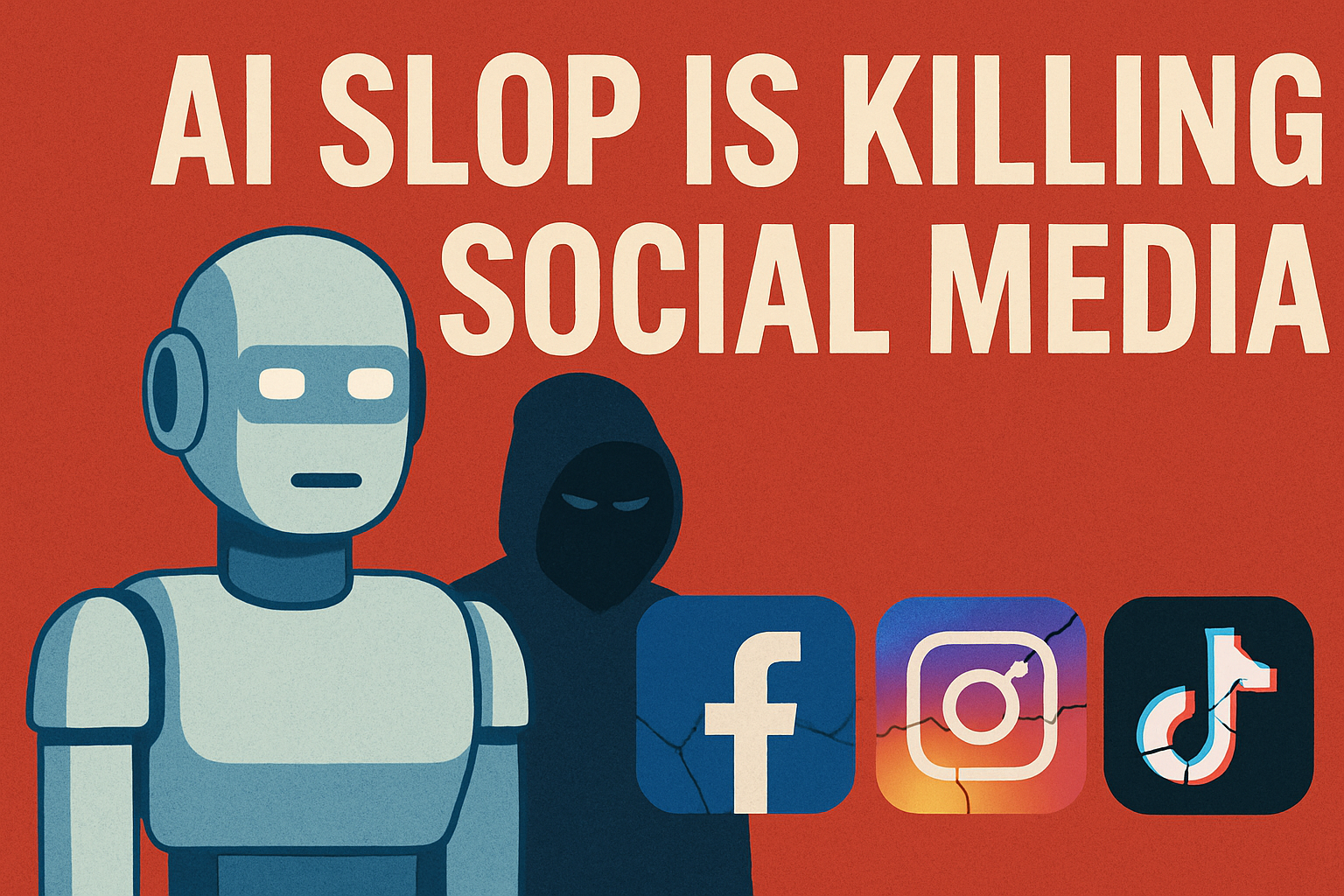I went shopping with my wife recently to buy a new makeup table for her. It seems sharing a vanity with our 13-year-old daughter is no longer feasible now that she’s hit the teenage years. My goodness, no one prepared us for navigating a teenage daughter; not that there would be any way to prepare oneself for that rite of passage. But I digress.
After a pretty extensive search, we happened across the Lounge Lovers showroom in Ringwood whilst driving by one day. We were genuinely impressed by the quality of their furniture, particularly one of their vanity desk options. The staff were also extremely friendly and helpful in the store.
After going home and measuring up, my wife waited until it went on-sale and then ordered the desk online, and it arrived a few short days later. On a recent walk together, my wife was raving to me about how well the delivery process was organised, all via WhatsApp. She suspected there was AI driving the interactions behind the scenes, and described it as uber-efficient and the best example she’d had of organising a delivery, without all the “we’ll be there sometime between 9am and 1pm” nonsense, only to have them turn up at 4pm.
The Real Opportunity for AI
These are precisely the types of experiences that brands should be looking to implement with AI. I see too much work focused on trying to get AIs to mimic humans and speak like us, when we should be designing completely new experiences using artificial intelligence.
Who wants to call a call centre and talk to an AI that tries its best to sound like a human, when the latency involved means they’re never really going to be as good as the real thing? My hypothesis is that most people would rather chat with a customer service agent via an asynchronous channel; whether this is a human agent or an AI agent, most people won’t care.
Why Asynchronous AI Makes Sense
Think about it: when you’re dealing with customer service, what do you actually want? You want your problem solved quickly, accurately, and without fuss.
Considering how good large language models are at retrieving knowledge, I suspect chatting to an LLM that sits on top of a database of an organisation’s knowledge would be a vastly superior experience to what we have today. No hold music, no being transferred between departments, no repeating your issue multiple times to different people.
The Lounge Lovers experience my wife had demonstrates this perfectly. The AI system could:
- Coordinate delivery timing in real-time
- Provide accurate updates without human intervention
- Handle scheduling conflicts automatically
- Communicate clearly through a familiar platform (WhatsApp)
The Investment Angle
I’m pretty bullish on this approach, and after doing a bit of research, I found an article where Lounge Lovers’ head of marketing was talking about a new tool they’ve implemented called Attentive, which was an attempt to extend their customer relationship management into the SMS channel in a hope to both service their customers better and increase sales. In this regard, our use case was perfect.
I’m going to look into how to get invested into Attentive and other tools like it, as I think they’ll be among the first group of winners in the AI paradigm as I believe functionally aligned SaaS platforms like this will be one of the first ways that organizations bring AI capability in.
The Broader Implications
This shift represents more than just better customer service; it’s about rethinking how we use AI entirely. Instead of trying to replicate human behaviour (which often falls into the uncanny valley), we should be leveraging AI’s unique strengths. Its 24/7 availability; Instant access to vast knowledge bases; Scalability without proportional cost increases; Integration with multiple systems simultaneously.
The companies that recognise this distinction, between mimicking humans and creating genuinely superior experiences, will likely dominate the next phase of AI adoption.
Moving Forward
The lesson here isn’t that AI should replace all human interaction, but rather that we should stop forcing AI into human-shaped boxes. Let AI be AI, and design experiences that play to its strengths rather than trying to mask its artificial nature.
The future of AI in business isn’t about creating better human impersonators; it’s about creating entirely new categories of user experience that simply weren’t possible before.







Leave a Reply